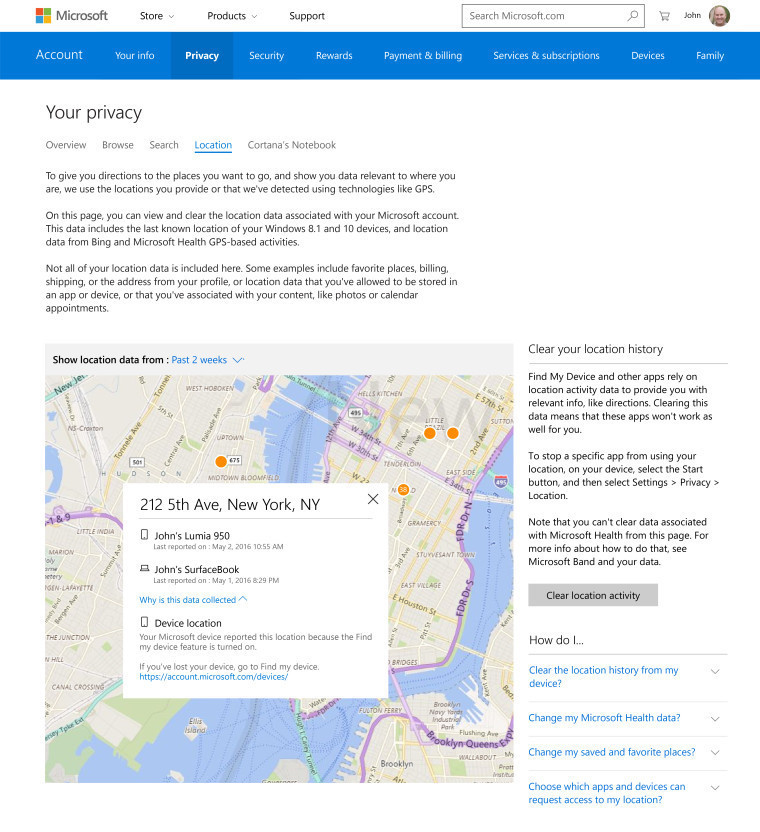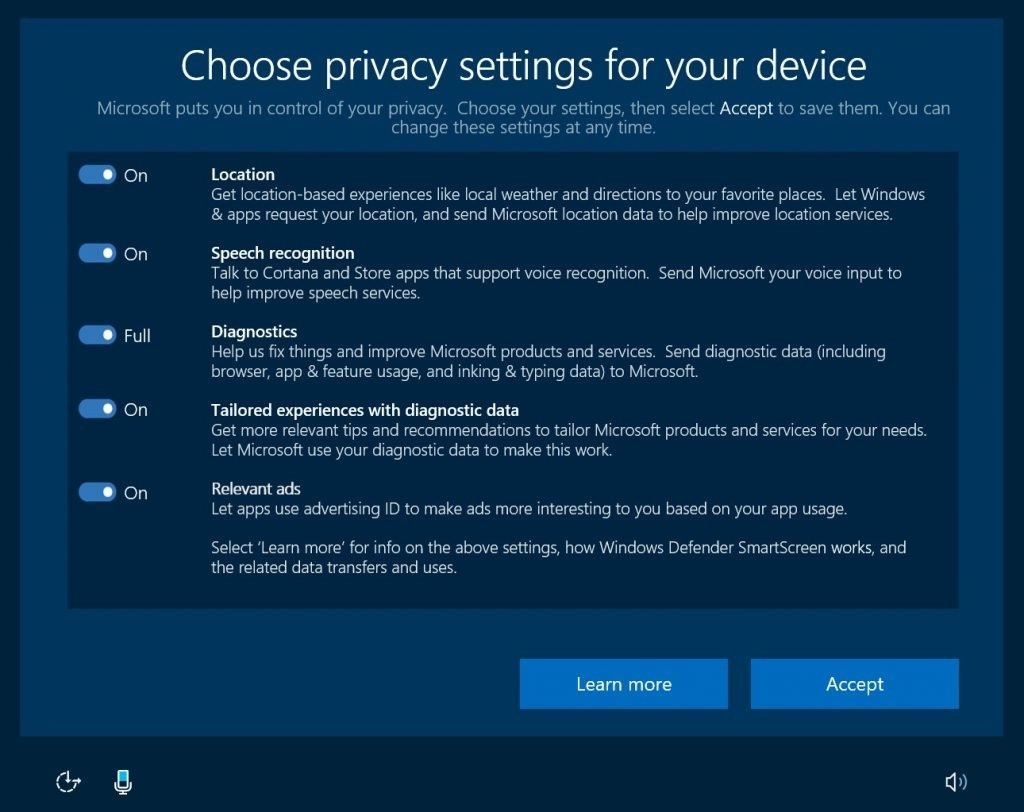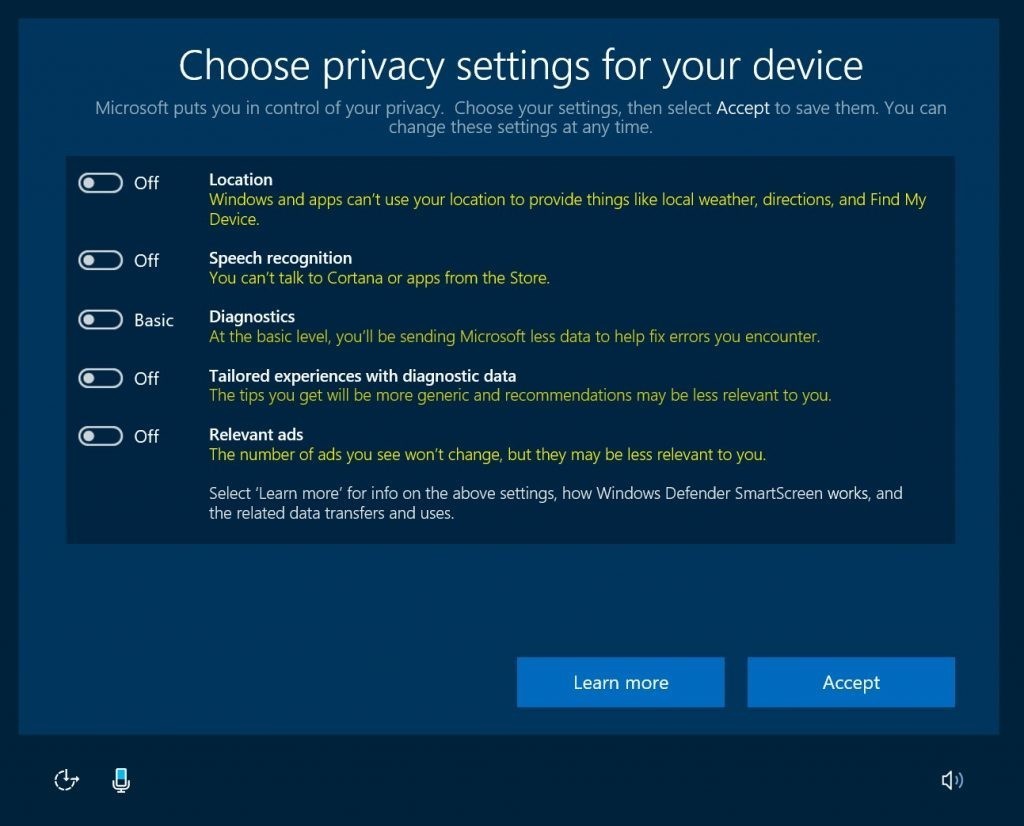
Ever since Microsoft launched Windows 10, concerns have been raised over the company's approach to how it collects and stores users' data from the OS. Microsoft is now attempting to address some of those privacy concerns with new measures aimed at offering users "more control over your data".
It's approaching these concerns with new efforts on two fronts. The first is being introduced today, as the company's Terry Myerson explained: "Today, we’re taking a step forward in supporting our privacy principle of transparency with the introduction of a new Microsoft privacy dashboard on the web that lets you easily see and manage your activity data."

The new privacy dashboard allows users to review and delete their browsing history and associated data, including search history, location activity and Cortana's Notebook. Microsoft says that it will "continue to add more functionality and categories of data over time".
Its second wave of efforts will come as part of the Windows 10 Creators Update, which is due to be released in April. Previews of the Creators Update are already being tested by those on the Windows Insider Program.
The update will include a new setup experience to help users choose the appropriate level of data that they're comfortable sharing with Microsoft.
"This experience," Myerson said, "which replaces Express Settings, will look slightly different depending on the version of Windows you are using." He added:
If you are moving from Windows 7 or Windows 8, or doing a fresh install of Windows 10, the new set up experience will clearly show you simple but important settings and you will need to choose your settings before you can move forward with setup. If you are already using Windows 10, we will use notifications to prompt you to choose your privacy settings.
There will also be two levels of diagnostic data collection in the Creators Update, down from the current three levels; users will instead be given the option of 'Basic' or 'Full' data collection. Those who opt for the Basic level in the Creators Update will find that the amount of data collected is reduced compared with earlier Windows 10 versions. Myerson said that the Basic level will continue to include "data that is vital to the operation of Windows", explaining:
We use this data to help keep Windows and apps secure, up-to-date, and running properly when you let Microsoft know the capabilities of your device, what is installed, and whether Windows is operating correctly. This option also includes basic error reporting back to Microsoft.
The new privacy setup experience for Windows 10 is shown below:

This new privacy setup experience will be previewed in an upcoming Windows 10 Insider Preview build "soon". Microsoft said that this experience will also include voice interaction capabilities to help those users who rely on assistive technologies, but noted that voice data used during that process "remains on the device", suggesting that it will not be shared with Microsoft or stored on its servers.
The setup experience will also actively inform users of the consequences of their choices as they toggle through the options. Switching off the option to share location data, for example, will tell users that their experience will be more limited when using certain types of app, like those for maps or weather:

All of these settings can be adjusted later, as required, under Settings.
In a not-so-subtle dig at Google, Myerson also stressed that Microsoft "will not use the contents of your email, chat, files or pictures to targets ads to you."
Source: Microsoft


















56 Comments - Add comment